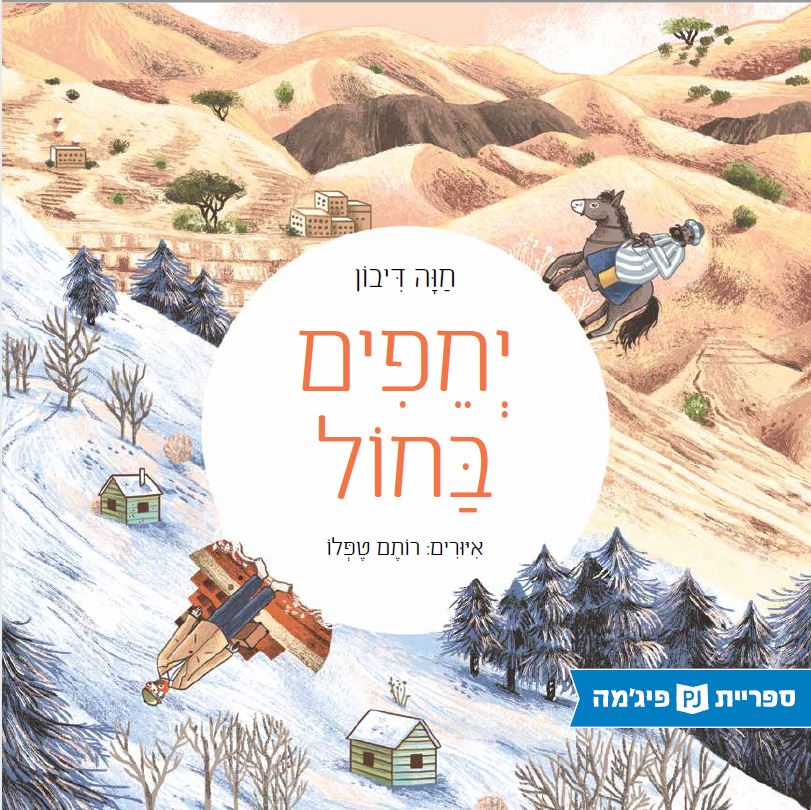
A long time ago, in a cold, far-away land, a boy dreams of the sun and the warmth of the Land of Israel he has read so much about. With time, his dream comes true, and as a man he arrives by boat, happy to shed his boots and wander in the dunes in then fledgling Tel Aviv. While on a walk, he encounters someone who looks so different from him but who also fervently hoped, in his native Yemen, of living in the Land of Israel. In this story of early immigrants to Israel, the two men delight to discover their connection through the language they share — Hebrew — and the dream that unites them.




